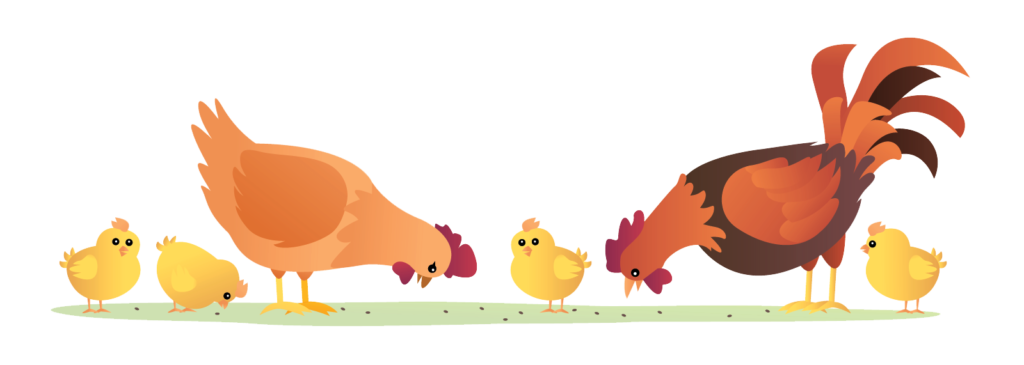It’s a weird question to ask: Beyond a few conspiracy theories, some old mythological stories, and modern horror movies… are humans and Reptiles somehow related to each other?
It’s a sure thing that at least some of the parents among our readers have been asked by their children if humans and Dinosaurs are related (which is different from having them being alive at the same time and interacting with each other – more on that later). While this may sound like the usual kid’s question, it really can be a serious one.
I mean, let’s put it more scientifically: Do Mammals (humans!) and Reptiles (Lizards!) have a common ancestor?
Okay, now it gets interesting.

ONCE UPON A TIME, MANY MILLIONS OF YEARS AGO…
Our first and oldest common ancestors with Reptiles were probably a group of ancient Fishes known as Sarcopterygians. They lived in freshwater habitats and had bone structures in their limbs. Their fins, too, had a series of spines in them.
And get this: They were alive 398 million years ago.
According to a 2008 article by Riley Black from the Smithsonian Magazine website, it was from Sarcopterygians that creatures nicknamed “Fishapods” would come from – basically, Fishes with lungs and sorta-kinda legs.
But finding our earliest ancestors seems to be too wide a net, as it would seem that these aquatic forefathers of ours are the super-great grand-daddies of everyone else.
So, let’s make the question go another way: who are our most recent common ancestors with Lizards
(… and Dinosaurs)?
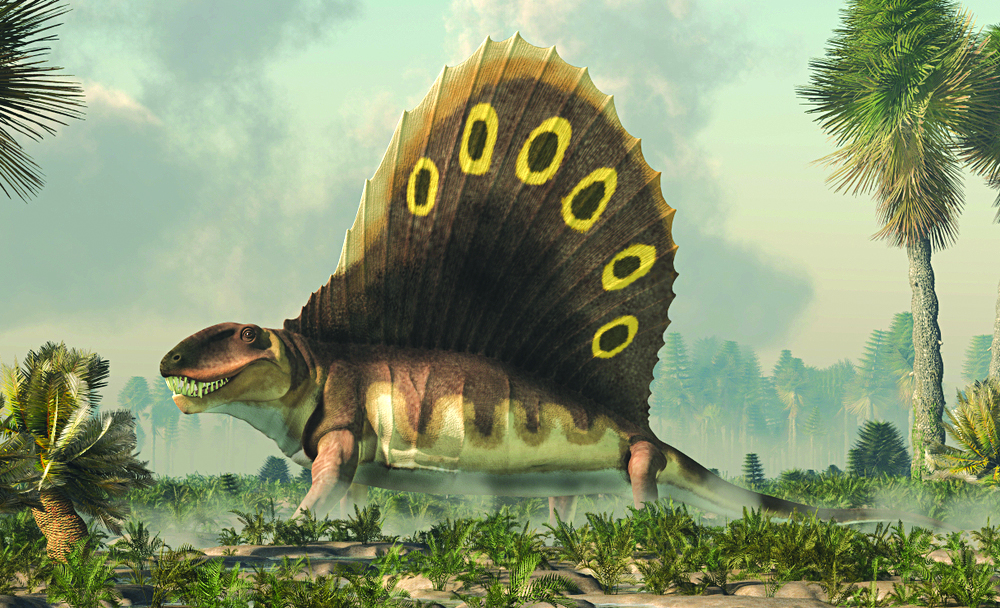

REALLY, IT’S ABOUT… THE MAMMARY GLANDS
In looking for our most recent common ancestor, we’d have to go forward in time, to around 299 to 251 million years ago – around the time that stage was being set for the age of Dinosaurs.
At that time, a family of animals known as Synapsids existed, and they were somewhere in between Reptiles and Mammals. One of the interesting ways in which they became more like Mammals was in the way their lower jaws were constructed: Instead of being made of a group of smaller bones put together with flesh and muscle, Synapsids evolved towards having jaws made of one whole bone where the teeth were present.
In that same general area, Synapsids were also growing a wall in their mouths, separating the mouth from what we would now think of as our sinus cavities.
The biggest changes, though, were in the fact that Synapsids evolved to have skin (with glands in them) and fur, and, related to having glands, actual breasts that were used at first to help hydrate the surfaces of egg sacks, which then become additional food sources as the size of “internal food” – egg yolks – became smaller.
Finally, Synapsids evolved the ability to generate their own body heat – something that definitely is not Reptilian.
DEFINITELY NOT KISSING COUSINS, BUT IT’S ALL RELATIVE
Given the timeline for when the earliest and most recent ancestors were between Lizards and humans, it’s a safe bet to say that while we *did* come from a common ancestor, it was far, far back in the past – at the latest, 251 million years ago.
Still, if you want to give your Reptilian family member a high-five as a cousin, you can technically do it. Even if it’s been a few hundred years, humans and Reptiles – including Dinosaurs! – are related – because, really, we were on the other side of Reptile evolution.
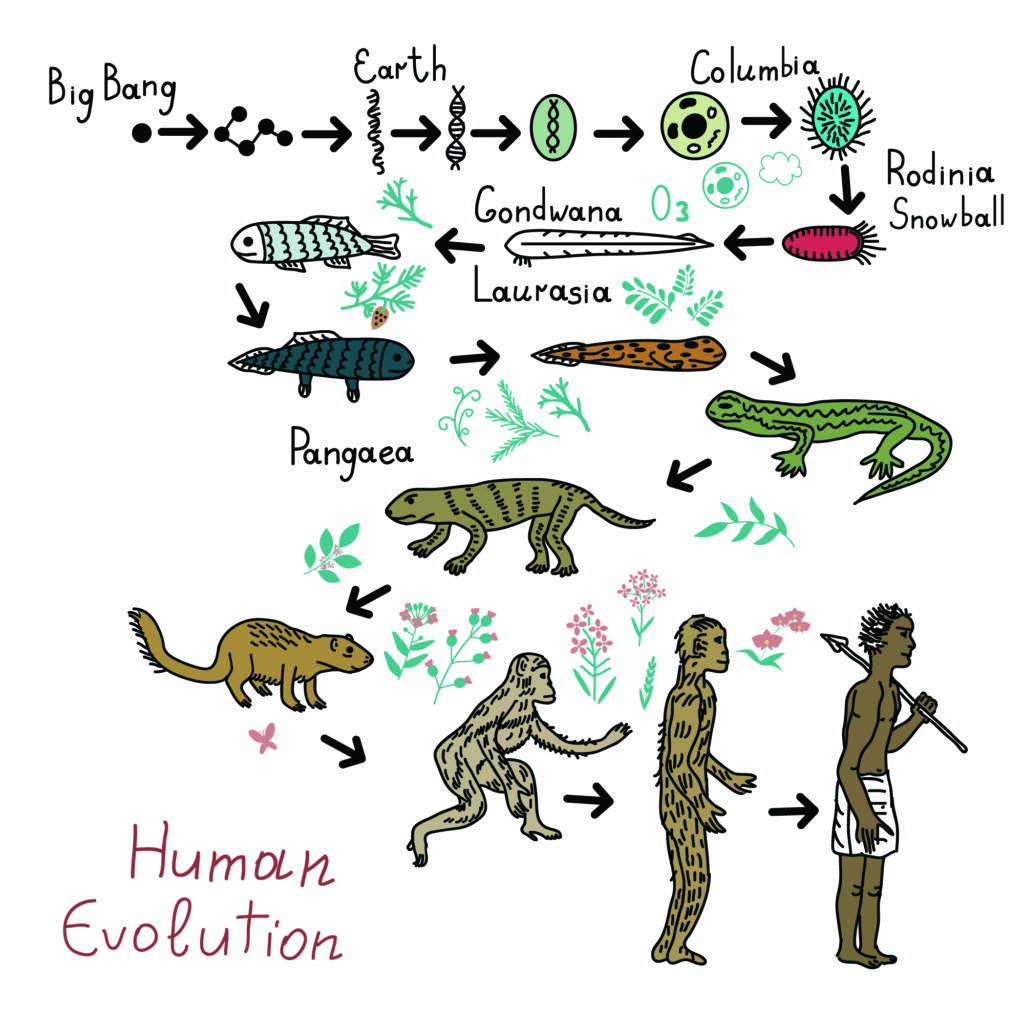
DINOSAUR DESCENDANTS ARE ALL AROUND US
When we think of Dinosaurs, it’s a given that we think of how pop culture has shown them: large Reptiles who were all practically killed off 65 million years ago – or so it’s told to us by movies, television shows, and cartoons.
But did you know that Dinosaurs – or more properly said, their descendants – are all around us? That’s because Dinosaurs live on in the present day through their great-great (millionth!) grandchildren: Birds.
THOSE OF A FEATHER…
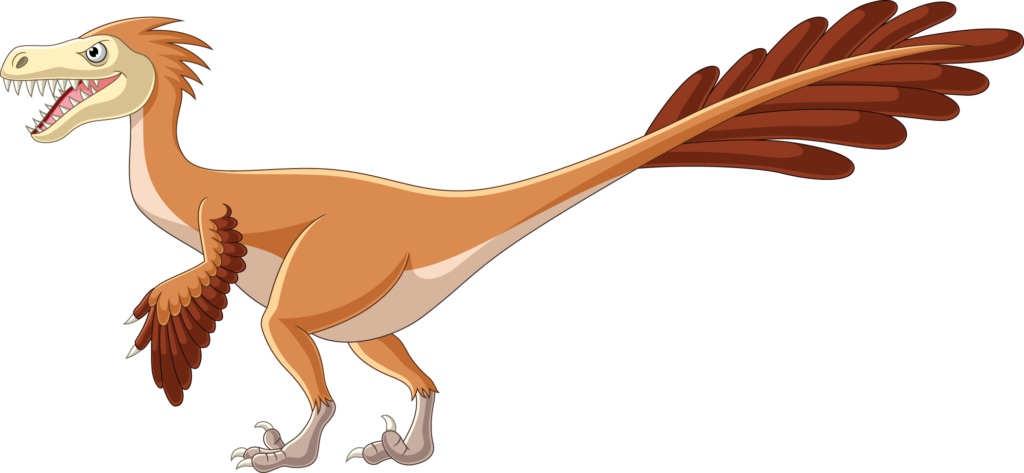
Professor Roger Benson, a visiting fellow for paleobiology in the Earth Sciences Department of the University of Oxford, was featured in a 2021 article for the website Birdlife.org, where he pointed out that it was no longer a question of Birds being a type of Dinosaur, but about the debate on the details of why.
Specific details he pointed out were similarities in how Bird and Dinosaur skeletons lined up, and the existence of feathers in both ancient Dinosaurs, and, of course, Birds.
BIG, BAD ORIGINS
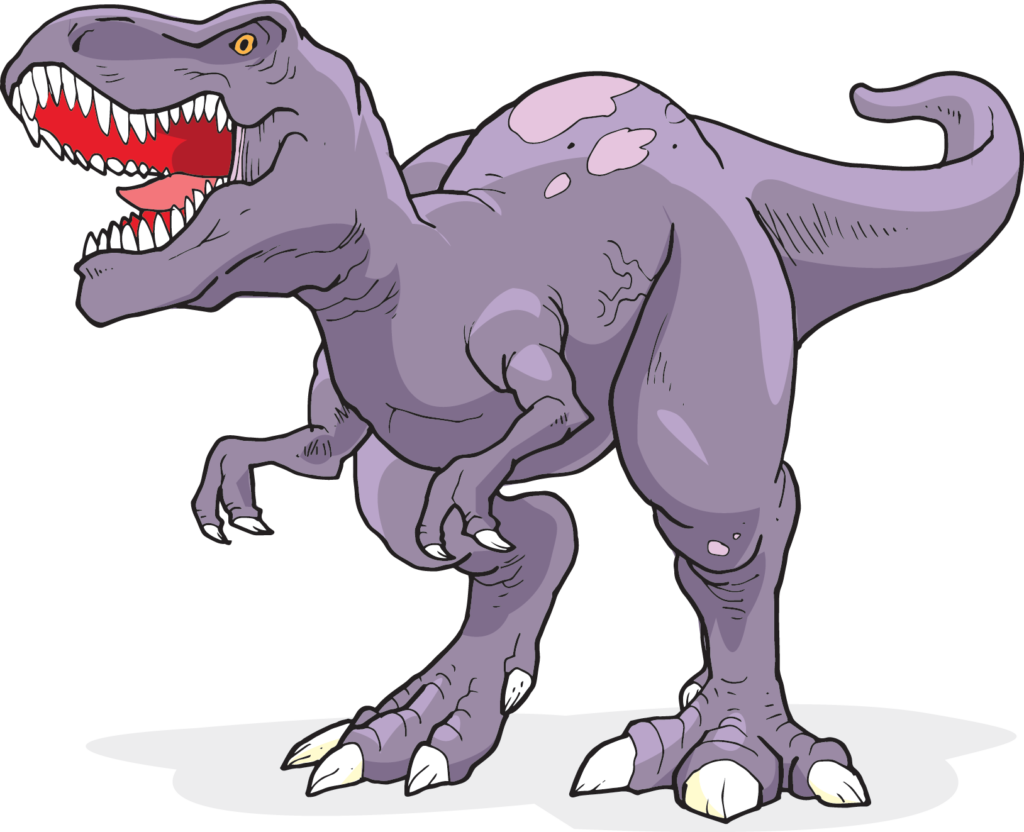
Benson shared in the interview that Birds evolved from the same family that includes the (in)famous T-Rex.
Theropods, as they were called, had more Bird-like features than other Dinos of the time. Benson also pointed to the possibility that parallel evolution across the whole Dinosaur family could have led to the Birds of today, from the extremely-bird-like Archaeopteryx to the land predator Velociraptor.
So, the next time you try to shoo away a Chicken or some Maya Birds, just think: You’re actually shooing away Dinosaurs!
